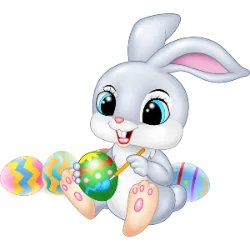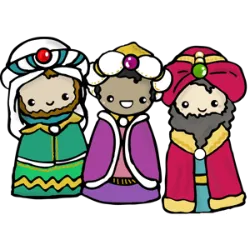The Origin of Santa Claus

Santa Claus has roots in Saint Nicholas of Myra, a third-century saint from Turkey known for his compassion for the poor and children. However, the original image of Saint Nicholas was more austere, unlike today's Santa Claus. Furthermore, Odin, the Viking god, also influenced the figure of Santa Claus, distributing gifts in winter.
The Meaning of Christmas Colors

The colors red, green and gold associated with Christmas have symbolic meanings. Red is linked to the blood of Christ and the clothing of Saint Nicholas. Green symbolizes the renewal of life and is associated with decorating Christmas trees. Gold represents the star that guided the Three Wise Men to Jesus and is used to add shine and richness to Christmas decorations. These colors play an important role in creating the festive atmosphere of Christmas.
Test yourself with one of these challenges 👇
Discover some interesting facts about Christmas
Santa Claus’s Reindeer
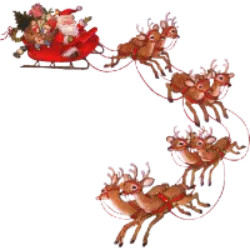
In Europe and the United States, most of Santa's reindeer have traditionally masculine names, such as Rodolfo, Comet, Cupid, Thunder and Lightning, while the others are called Runner, Dancer, Prancer and Fox. However, during part of the year, male reindeer lose their antlers. So despite their masculine names, it's likely that the reindeer pulling Santa's sleigh are actually female. The idea of Santa's reindeer has roots in Norse and Scandinavian mythology. Rudolph, with his bright red nose, is one of the most famous reindeer in history.
The Curious Polish Tradition
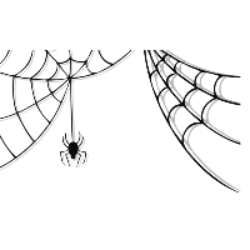
For many of us, cobwebs evoke negative thoughts, associated with dirt, suspense and even terror. However, in Poland, spiders and their webs are common Christmas decorations. According to a local legend, it is believed that it was spiders that wove the cradle for baby Jesus at his birth. Furthermore, Polish people consider spiders to be symbols of kindness and prosperity during Christmas.
The Star on Top of the Christmas Tree
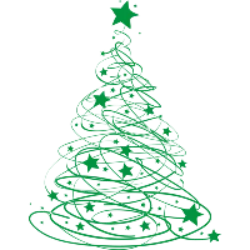
The tradition of placing a star at the top of the Christmas tree represents the "Star of Bethlehem", which guided the Three Wise Men to the birthplace of Jesus. It is a symbol of faith, hope and the "Light of the World". Placing the star on top of the tree is a special moment in Christmas celebrations, and this tradition has deep religious and cultural connections around the world.
Controversial Christmas Traditions
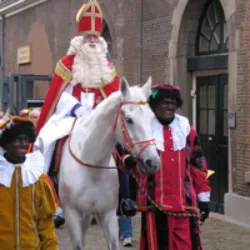
The Dutch have a controversial tradition in which Santa Claus arrives on the third Sunday of November in a sleigh filled with gifts and is accompanied by 40 men dressed in medieval costumes, called "Zwarte Pieten" (Peter the Black), who have black skin. and red lips, which sparked debates about negative stereotypes for people with dark skin. Furthermore, Anglo-Saxon countries have Krampus, a mythological figure who accompanies Santa Claus and scares naughty children.
The Christmas Nativity Scene
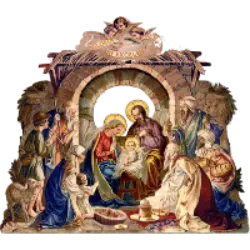
The nativity scene is a Christmas tradition that represents the scene of the birth of Jesus Christ. It usually includes figures such as Mary, Joseph, Baby Jesus, shepherds, the Three Wise Men, angels, animals and a star of Bethlehem. Saint Francis of Assisi popularized this tradition in the 13th century to remember the true meaning of Christmas, and people often set up nativity scenes at home or in public places as part of Christmas celebrations.
HOME

